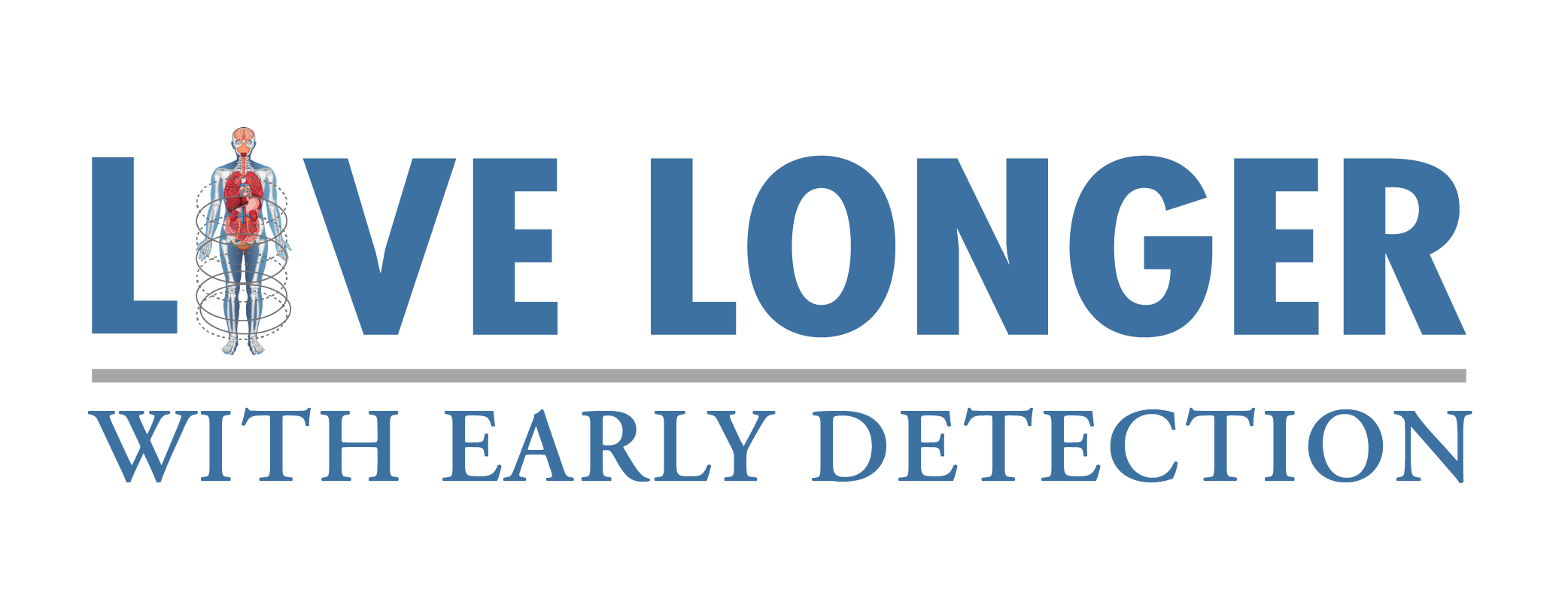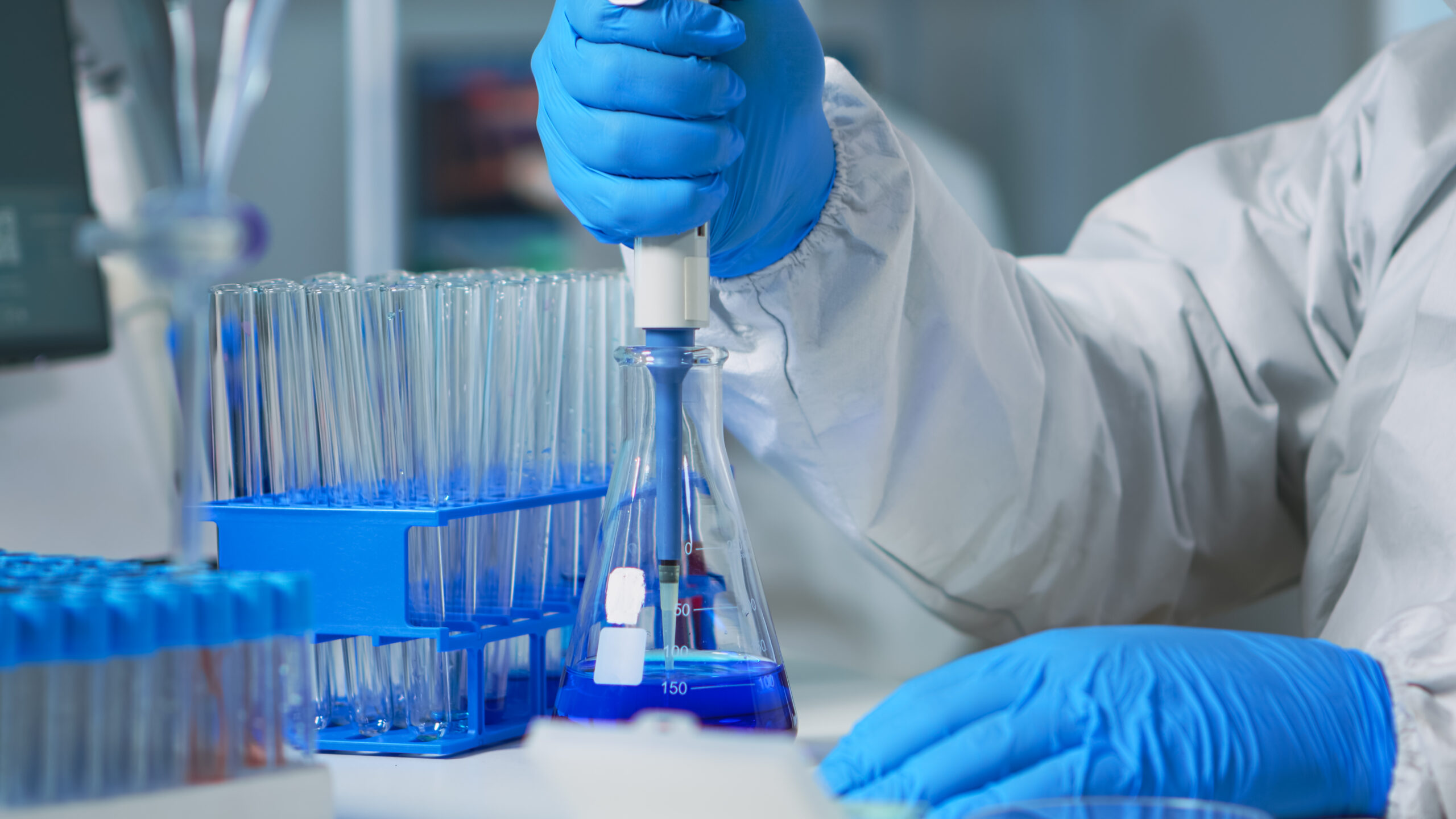Understanding the Trends and Taking Action
In recent years, the United States has experienced a troubling rise in cancer rates, presenting a formidable public health challenge. The factors driving this increase are multifaceted and profound, affecting individuals and communities nationwide. Join us as we delve into these trends, uncovering potential contributors, and proposing proactive measures to address this growing threat. At Live Longer with Early Detection, our mission is to empower individuals through proactive health screening and early intervention, aiming to shift the trajectory of cancer outcomes.
The surge in cancer rates reflects a complex interplay of various factors, including lifestyle choices, environmental exposures, genetic predispositions, and demographic shifts. Modern lifestyles characterized by sedentary behaviors, unhealthy diets, and increased exposure to carcinogens contribute significantly to the rising incidence of certain cancers. Additionally, environmental factors such as air pollution, water contaminants, and occupational exposures pose additional risks.
Genetic predispositions also play a role, with certain populations at higher risk due to inherited genetic mutations or familial cancer syndromes. Moreover, demographic factors such as age, ethnicity, and socioeconomic status influence cancer incidence rates, highlighting disparities in healthcare access and outcomes.
To combat rising cancer rates, proactive measures are essential. Early detection through regular screenings is paramount in identifying cancer at its earliest and most treatable stages. At Live Longer with Early Detection, we emphasize the importance of timely screenings and personalized interventions to improve outcomes and save lives. Through education, advocacy, and access to comprehensive screening services, we empower individuals to take control of their health and reduce the impact of cancer on their lives and communities.
Together, let us take action to confront the rising tide of cancer rates in the United States. Visit Live Longer with Early Detection to learn more about proactive screening options and how you can play a role in combating this pervasive health challenge. Take charge of your health and join us in the fight against cancer.
Understanding the Trends: Analyzing the Surge in Cancer Rates
Recent statistics demonstrate a significant increase in cancer incidence rates across various types of cancers in the USA. This rising trend has prompted inquiries into its underlying causes, with researchers attributing it to a combination of factors including lifestyle choices, environmental exposures, genetic predispositions, and demographic shifts. By exploring these trends more deeply, we can glean valuable insights into the changing landscape of cancer prevalence within the nation.
The surge in cancer rates is closely linked to modern lifestyle habits characterized by poor diet, sedentary behavior, smoking, and excessive alcohol consumption. Additionally, environmental factors such as air pollution, chemical exposures, and occupational hazards contribute to cancer development. Genetic factors also play a role, with certain individuals possessing inherited traits that increase susceptibility to specific cancers. Demographic changes, including aging populations and shifting ethnic compositions, further impact cancer incidence rates. Understanding these complex interactions is crucial for implementing targeted prevention and intervention strategies to address the rising burden of cancer in the United States.
Lifestyle Factors: Unveiling the Impact on Cancer Rates
The impact of lifestyle habits on rising cancer rates is profound, with shifts towards poor dietary choices, sedentary behaviors, and increased use of tobacco and alcohol playing significant roles. The modern American lifestyle, marked by convenience foods and reduced physical activity, has been closely associated with the increased incidence of certain cancers.
Poor diet, consisting of high intake of processed foods, red meat, and sugary beverages, along with insufficient consumption of fruits, vegetables, and whole grains, contributes to obesity and chronic inflammation, both of which are linked to higher cancer risk. Sedentary lifestyles characterized by prolonged sitting and minimal physical activity further exacerbate these risks.
Additionally, the rising prevalence of tobacco and alcohol use in the population has been strongly correlated with increased rates of lung, colorectal, and liver cancers, among others. Understanding the impact of these lifestyle factors is essential for developing and implementing effective preventive strategies, including promoting healthier dietary choices, encouraging regular physical activity, and reducing tobacco and alcohol consumption to mitigate the rising cancer burden.
Environmental Exposures: Exploring the Role of Toxins and Pollution
Environmental factors significantly contribute to cancer development through exposure to pollutants, chemicals, and carcinogens. Industrial activities, including manufacturing processes and waste disposal, release harmful substances into the environment, increasing cancer risks for nearby populations. Air pollution from vehicle emissions, power plants, and industrial facilities exposes individuals to toxic compounds linked to lung cancer and other respiratory diseases. Contaminated water sources, often polluted by industrial runoff or agricultural pesticides, pose additional risks of cancer development, particularly in communities reliant on these water supplies.
Raising awareness about environmental exposures is crucial for advocating cleaner, safer environments and reducing cancer incidence. By promoting stricter regulations on industrial emissions, implementing effective waste management practices, and investing in cleaner energy sources, we can mitigate the health hazards posed by environmental pollutants. Educating communities about the risks associated with environmental exposures empowers individuals to take proactive measures to limit their exposure and advocate for policies that prioritize public health and environmental protection. Together, we can work towards creating healthier environments that safeguard against the harmful effects of environmental toxins and reduce the burden of cancer on our communities.
Genetic and Demographic Influences: Addressing Individual Risk Factors
Genetic predisposition and demographic factors play significant roles in influencing variations in cancer rates among different populations. Specific genetic mutations and inherited familial cancer syndromes can markedly increase susceptibility to certain types of cancer. Additionally, age, ethnicity, and socioeconomic status are key demographic factors that influence cancer risk.
Understanding and recognizing these individual risk factors are essential for developing targeted screening and intervention strategies. Genetic testing can identify individuals with hereditary cancer syndromes, allowing for personalized monitoring and preventive measures. Screening guidelines may also vary based on age and ethnicity to address specific cancer risks prevalent in certain demographic groups. Furthermore, socioeconomic factors such as access to healthcare services and lifestyle choices can impact cancer outcomes.
By acknowledging and addressing these genetic and demographic influences, healthcare providers can tailor preventive measures and early detection efforts to high-risk individuals and populations. This personalized approach to cancer prevention and intervention holds promise in reducing cancer disparities and improving outcomes for at-risk individuals.
As cancer rates continue to rise in the USA, early detection emerges as an essential strategy to combat this alarming trend and enhance survival rates. At Live Longer with Early Detection, our mission is centered around empowering individuals to proactively manage their health through timely screenings and interventions. By detecting cancer in its earliest stages, we can significantly improve treatment outcomes and potentially save lives.
Take charge of your health today by scheduling your screening at CheckMeForCancer.com. Our comprehensive screening services are designed to identify cancer risks early, allowing for prompt medical attention and personalized care. Together, let’s join forces in the battle against rising cancer rates. By advocating for early detection and proactive health management, we can make a meaningful impact on reducing the impact of cancer in our communities.
Join us in this important fight to create a future where cancer is no longer a pervasive threat. By prioritizing early detection and proactive health measures, we can pave the way towards healthier lives and longer lifespans. Together, let’s take control of our health and live longer with early detection. Visit CheckMeForCancer.com today to schedule your screening and play a vital role in combating rising cancer rates across the nation. Your proactive decision could make a significant difference in your health and well-being.


